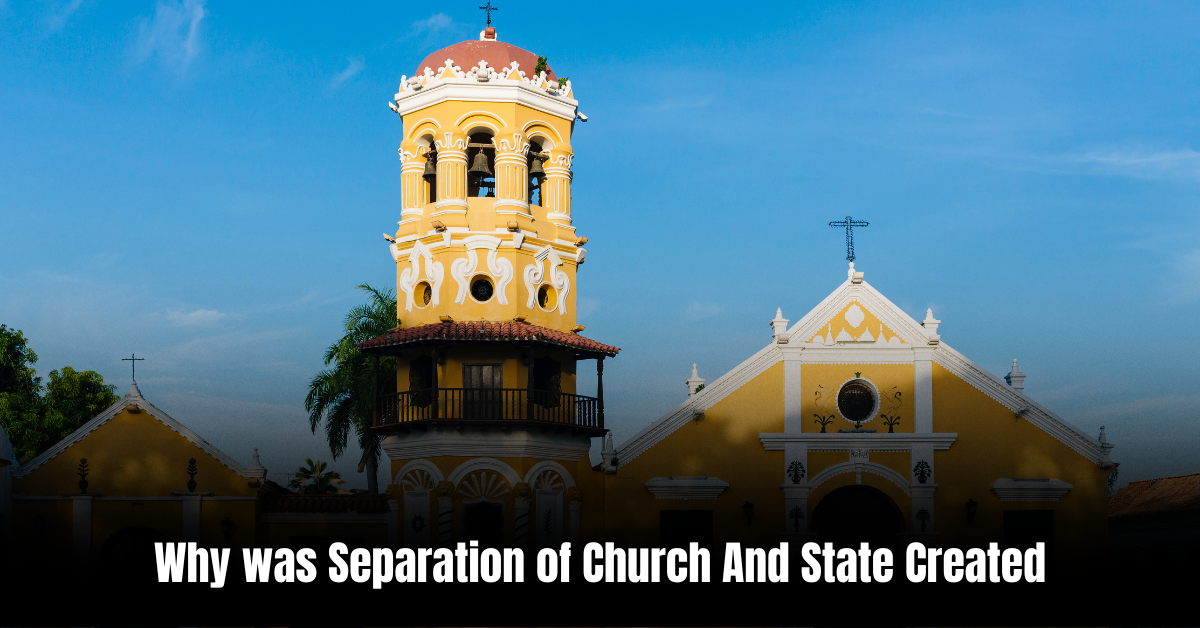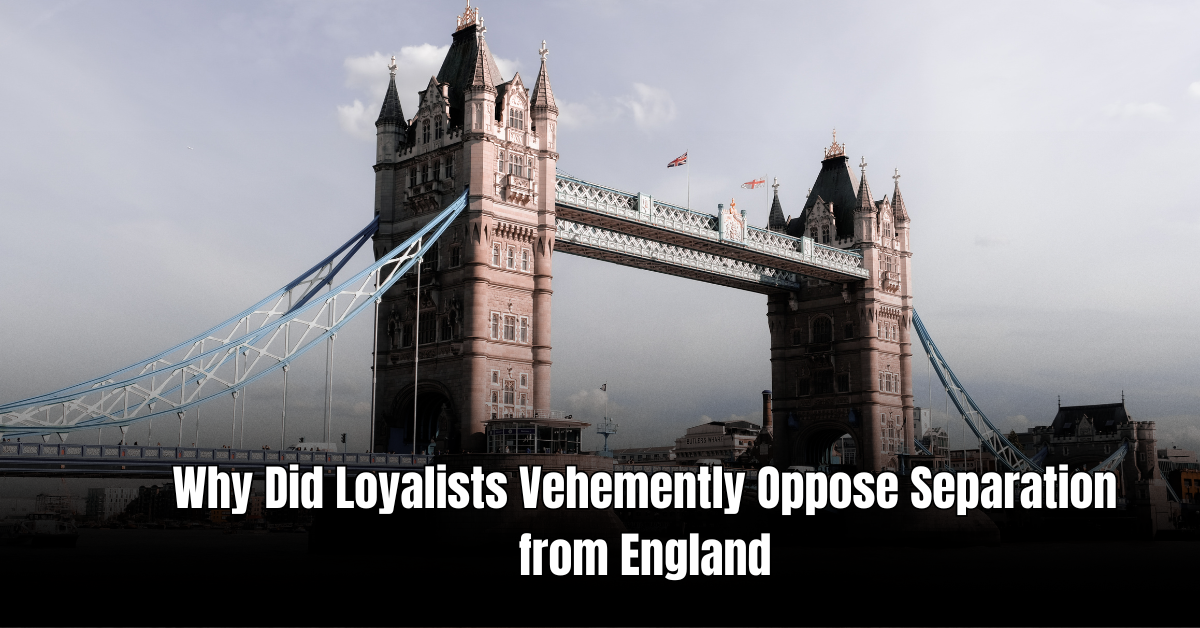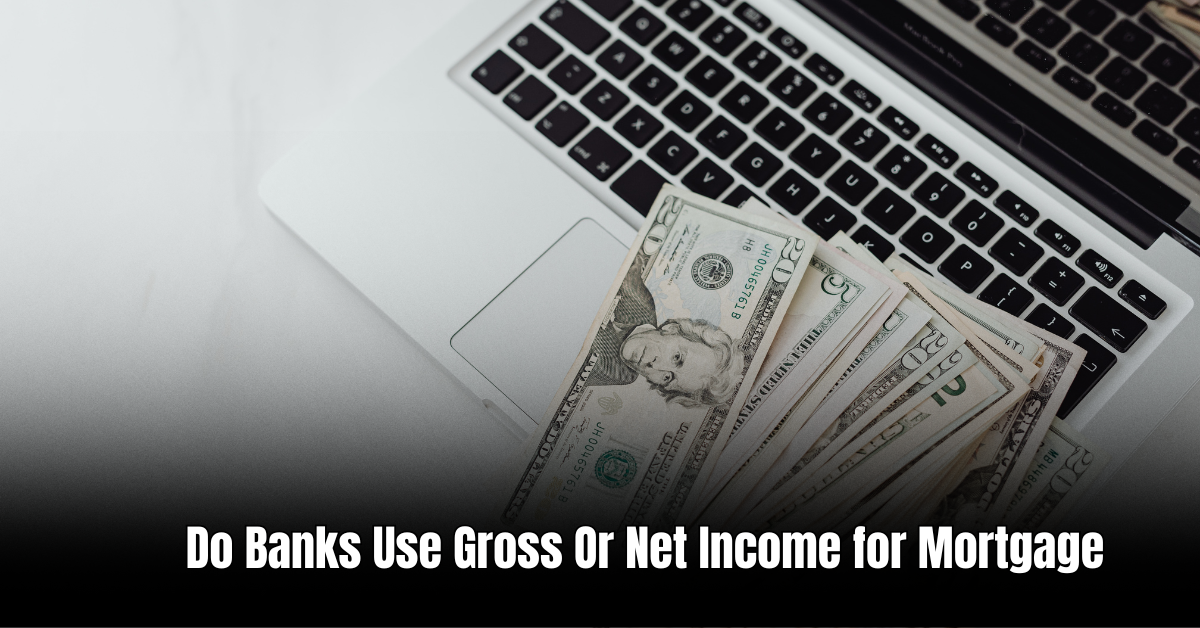The Separation of Church and State was created to ensure religious freedom and prevent government interference in religious matters. In early colonial America, the government and church were tightly intertwined.
However, as the country became more diverse, with people of different faiths and beliefs arriving, the need for a clear separation became apparent. The founding fathers recognized that to protect religious freedoms and prevent the establishment of a state religion, it was necessary to separate church and state.
This separation guarantees that the government cannot promote or favour any specific religion, ensuring that individuals have the right to practice their chosen faith without interference. The principle of the Separation of Church and State is enshrined in the First Amendment of the United States Constitution. It serves as a cornerstone of religious freedom in the country.
Understanding The Historical Context
Understanding the historical context of the separation of church and state requires examining the role of religion in early societies, the influence of religious freedom in the American colonies, and the emergence of the United States as a secular nation.
Religion played a significant role in early societies, with religious beliefs often guiding laws and social norms. However, as new religious groups formed and migrated to the American colonies, the need for religious freedom became evident. The desire for religious liberty and the absence of an established religion led to the development of the separation of church and state.
The American colonies were founded by individuals seeking religious freedom, a value that carried over as the United States gained independence. The religious diversity within the colonies and the belief in individual liberty contributed to the establishment of the separation of church and state in the United States Constitution.
By creating a government separate from any specific religion, the United States ensured religious freedom and prevented the dominance of any particular religious group. This emphasis on religious neutrality and separation continues to shape American laws and policies to this day.
Founding Fathers And Their Views
The Founding Fathers created the separation of church and state to ensure religious freedom and prevent government interference in religious matters. They believed in the importance of individual liberty and wanted to protect citizens from religious oppression.
The Founding Fathers of the United States had diverse views on religion, which influenced the creation of the concept of separation of church and state. Many of them held Deist and skeptical beliefs, which shaped their understanding of religious freedom and the role of religion in governance.
| Founder | Views |
|---|---|
| Thomas Jefferson | Jefferson advocated for the strict separation of church and state. He believed in religious freedom and argued that government should neither interfere with religious practices nor favourone religion over others. |
| James Madison | Madison’s writings, particularly in his influential work “Memorial and Remonstrance Against Religious Assessments,” emphasized the importance of keeping religion and government separate. He argued against state-sponsored religion and the imposition of religious taxes. |
The Founding Fathers’ experiences with religious persecution in Europe and their commitment to building a nation based on individual freedoms led them to recognize the need for the separation of church and state. This fundamental principle has since become a cornerstone of the American Constitution and has provided a framework for protecting religious freedom for all citizens.
The Evolving Interpretation Of The First Amendment
The separation of church and state was created to ensure religious freedom and prevent the government from favouring or promoting any specific religion. The interpretation of the First Amendment, which includes the Establishment Clause and the Free Exercise Clause, has evolved.
| Supreme Court Cases | Impact on Interpretation |
|---|---|
| Engel v. Vitale (1962) | Prohibited state-sponsored prayer in public schools |
| Lemon v. Kurtzman (1971) | Established the three-pronged Lemon test for determining government entanglement with religion |
| Employment Division v. Smith (1990) | Narrowed the scope of religious exemptions from generally applicable laws |
| Van Orden v. Perry (2005) | Allowed the display of a Ten Commandments monument on government property due to historical context |
The incorporation of the First Amendment, through the Fourteenth Amendment, has further extended its application to the states. This means that state and local governments must also adhere to the principles of the First Amendment, ensuring that religious freedom is protected throughout the United States.
The Powerful Truths Behind The Creation
The separation of church and state was created to protect religious freedom for all citizens. It ensures that the government does not interfere in religious matters and that individuals have the right to practice their chosen religion freely. This fundamental principle is crucial in a diverse society, as it promotes social harmony and prevents religious persecution. By keeping religion separate from government affairs, we prevent the favouring or establishment of one particular religion over others.
Moreover, the separation of church and state prevents the misuse of religious power and authority. It safeguards against the dominance of one religious institution, preventing it from influencing government policy or decisions. Additionally, this separation protects the independence and neutrality of the government, allowing it to make decisions based on rational and secular principles that benefit society as a whole.
In summary, the separation of church and state is crucial for protecting religious freedom, preventing government interference in religious matters, promoting social harmony, and avoiding religious persecution. It is a powerful concept that upholds the democratic values and diversity of our society.
Misconceptions And Controversies
The separation of church and state has long been a topic of misconceptions and controversies. Although many misunderstandings exist, one common misconception is that this principle implies a complete ban on religion in public life. In reality, the separation of church and state was created to protect both religious freedom and the functioning of government from undue influence.
Critics, often religious fundamentalists, argue that the principle infringes on their right to express and practice their religious beliefs. They claim that it leads to the exclusion of religious perspectives from public discourse.
Ongoing debates also revolve around the scope of separation. Some argue for a strict interpretation, advocating for a complete separation of all religious influence from government affairs. Others argue for a more flexible approach, emphasizing the importance of religious values in shaping the moral framework of society.
Overall, understanding the true intent behind the separation of church and state helps dispel misconceptions and navigate the controversies surrounding this crucial principle.
Global Impact And Influence
The establishment of a separation of church and state has had a profound global impact, influencing the policies of other countries. The United States, in particular, has been a significant influencer in this regard. Many countries around the world have recognized the importance of separating religious and governmental institutions to protect individual freedoms and promote religious diversity and tolerance. This separation has allowed for the coexistence of multiple religious beliefs within a society, fostering a culture of acceptance and understanding. It has also helped prevent the dominance of any particular religious group in political decision-making, ensuring a fair and equal representation of all citizens. Nations that have embraced church-state separation often prioritize secular governance, which ensures that the interests and rights of all citizens, regardless of their religious beliefs, are protected. This global shift towards the separation of church and state has undoubtedly contributed to the advancement of religious freedom and human rights on a global scale.
| International perspectives on church and state separation |
|---|
| Recognition of the importance of separating religious and governmental institutions to protect individual freedoms |
| Advancement of religious tolerance and diversity within societies |
| Prevention of the dominance of any single religious group in political decision-making |
| Impact of separation on religious diversity and tolerance |
| Coexistence and acceptance of multiple religious beliefs within a society |
| Protection of the interests and rights of all citizens, regardless of their religious beliefs |
| Fostering a culture of fairness and equal representation |
| Contribution to the advancement of religious freedom and human rights globally |
Modern Applications And Challenges
The Separation of Church and State was created to ensure that the government does not establish a religion or interfere with individuals’ religious beliefs and practices. It serves as a fundamental principle in modern democratic societies.
Under the heading of “Modern Applications and Challenges,” one area where church-state separation is often debated is in public schools. Schools need to strike a balance between accommodating religious diversity and maintaining secular governance. This involves respecting students’ freedom of religion while avoiding the promotion of any particular faith.
Current legal battles and landmark cases further exemplify the ongoing challenges surrounding this issue. These cases often revolve around conflicts between religious freedom and government policies. They help shape and refine the interpretation of the separation of church and state laws in today’s society.
Frequently Asked Questions: Why Was the Separation Of Church And State Created
Why Was The Concept Of Separation Of Church And State Created?
The concept of separation of church and state was created to ensure religious freedom and prevent the establishment of a state religion.
How Does The Separation Of Church And State Protect Individual Rights?
The separation of church and state protects individual rights by preventing the government from interfering with freedom of religion, favouring one religion over others.
What Are The Benefits Of Having A Separation Of Church And State?
Having a separation of church and state promotes religious tolerance, prevents religious conflicts, and ensures that everyone has the freedom to practice their own beliefs.
Does Separation Of Church And State Mean Complete Exclusion Of Religion?
No, separation of church and state does not mean complete exclusion of religion. It simply means that the government should neither support nor oppose any particular religion.
Are There Any Countries That Don’t Have A Separation Of Church And State?
Some countries have a complete separation of church and state. Some countries have an official state religion or give special privileges to certain religious groups.
Is Separation Of Church And State A Constitutional Principle In The United States?
Yes, the separation of church and state is a constitutional principle in the United States. It is derived from the First Amendment of the U. S. Constitution, which guarantees freedom of religion.
Conclusion
The concept of the separation of church and state arose from the desire to protect individual freedom and prevent the abuse of power. This essential principle ensures that no single religious institution reigns supreme and that citizens are free to practice their own beliefs without interference.
Embracing this separation allows for a diverse and inclusive society, fostering harmony and respect among citizens of different faiths and beliefs. Upholding this principle remains crucial in maintaining a just and democratic society.
Ismail Hossain is the founder of Law Advised. He is an Divorce, Separation, marriage lawyer. Follow him.





Leave a Reply